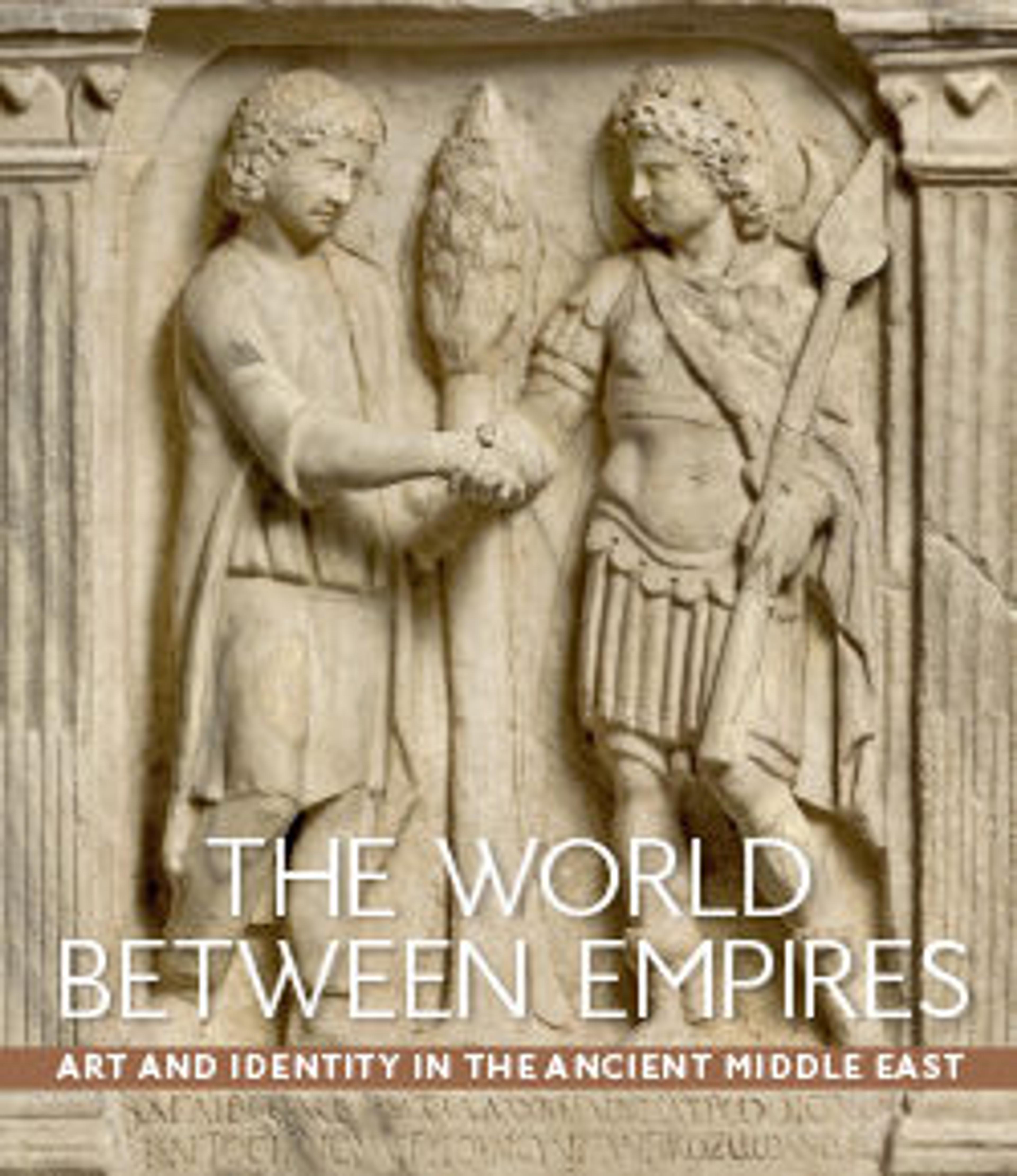Cuneiform tablet: Late Babylonian grammatical text
The invention of writing in approximately 3300 B.C. was one of many developments in administrative technology--including the use of geometric tokens for counting and cylinder seals to guarantee transactions--that accompanied the growth of the first cities and states in southern Mesopotamia. Proto-cuneiform is the name given to the earliest form of writing--pictograms that were drawn on clay tablets. Gradually, the pictograms became abstracted into cuneiform (Latin, "wedge-shaped") signs that were impressed rather than drawn. At its greatest extent, cuneiform writing was used from the Mediterranean coast of Syria to western Iran and from Hittite Anatolia to southern Mesopotamia. It was adapted to write at least fifteen different languages. The last dated cuneiform text has a date corresponding to A.D. 75, although the script probably continued in use over the next two centuries.
This Late Babylonian period clay tablet demonstrates the ongoing efforts to master the ancient writing and languages of Mesopotamia. The text contains Sumerian entries in the left column and Akkadian translations in the right. The contents of the forty-seven lines are somewhat heterogeneous, including imperative clauses, particles such as "no", and numbers. At the time that this text was written, the Sumerian language was already long-dead and the Akkadian language, once widely spoken across the ancient Near East, was increasingly replaced by Aramaic. The end of the tablet names the scribe who produced the text.
This Late Babylonian period clay tablet demonstrates the ongoing efforts to master the ancient writing and languages of Mesopotamia. The text contains Sumerian entries in the left column and Akkadian translations in the right. The contents of the forty-seven lines are somewhat heterogeneous, including imperative clauses, particles such as "no", and numbers. At the time that this text was written, the Sumerian language was already long-dead and the Akkadian language, once widely spoken across the ancient Near East, was increasingly replaced by Aramaic. The end of the tablet names the scribe who produced the text.
Artwork Details
- Title: Cuneiform tablet: Late Babylonian grammatical text
- Date: ca. late 1st millennium BCE
- Geography: Mesopotamia, probably from Babylon (modern Hillah)
- Medium: Clay
- Dimensions: 3 3/16 × 2 9/16 × 7/8 in. (8.1 × 6.5 × 2.2 cm)
- Credit Line: Purchase, 1886
- Object Number: 86.11.61
- Curatorial Department: Ancient West Asian Art
More Artwork
Research Resources
The Met provides unparalleled resources for research and welcomes an international community of students and scholars. The Met's Open Access API is where creators and researchers can connect to the The Met collection. Open Access data and public domain images are available for unrestricted commercial and noncommercial use without permission or fee.
To request images under copyright and other restrictions, please use this Image Request form.
Feedback
We continue to research and examine historical and cultural context for objects in The Met collection. If you have comments or questions about this object record, please contact us using the form below. The Museum looks forward to receiving your comments.
